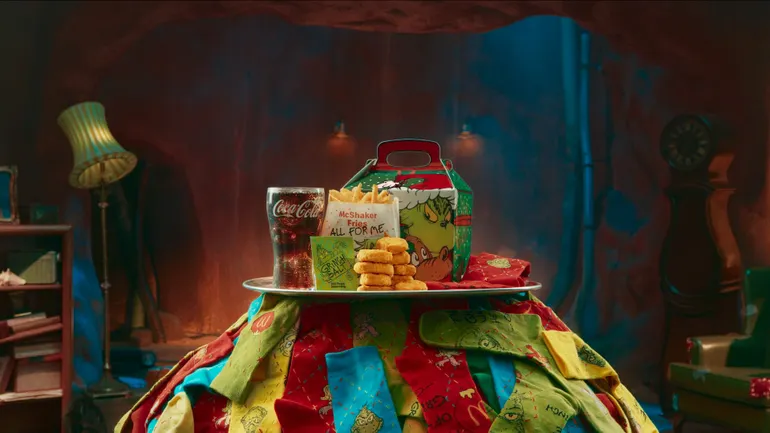McDonald’s launches Grinch branded holiday meal, staff face new operations demands
McDonald’s announced on November 20 a Grinch branded holiday meal and marketing campaign that pairs a Big Mac or McNuggets with dill pickle McShaker Fries and collectible socks, backed by a TV commercial, in app activation and a Times Square presence. The push matters to employees because it requires restaurants to roll out limited time SKUs, implement promotional merchandising and handle increased order complexity during an already busy holiday period.

McDonald’s unveiled a Grinch branded holiday meal on November 20, joining the quick service giant’s pattern of seasonal tie ins designed to drive traffic and reinforce value messaging during the holidays. The meal pairs a choice of a Big Mac or McNuggets with dill pickle McShaker Fries and a collectible pair of socks. The campaign will include a TV commercial, an in app activation and branded elements in Times Square.
For restaurant teams the announcement moves beyond advertising and into day to day operations. Stores will need to support a limited time SKU rollout, update point of sale and packaging, deploy promotional signage and merchandise displays, and ensure staff understand any new preparation steps for the McShaker Fries offering. Franchised restaurants and corporate owned locations will both face logistical tasks from inventory ordering to scheduling extra labor to handle potential traffic spikes. These operational elements are the on the ground work that determines whether a national campaign translates into higher sales and acceptable labor impacts at shift level.
The campaign fits within McDonald’s broader holiday strategy that blends novelty products and promotional value. Seasonal items and collectible merchandise have proven to be attention getters, and corporate marketing is pairing creative execution with measurable activations such as app driven offers to capture digital engagement. For frontline employees, that combination typically means higher order complexity, more frequent special requests and temporary merchandising responsibilities that shift time away from core food preparation and customer service tasks.
Managers will need to balance promotional execution with service standards, training crews on any altered assembly procedures and monitoring waste and throughput as the item moves through peak periods. For workers, the campaign could bring short term sales lift and busier shifts, along with the operational burden that comes with a tightly timed rollout. How smoothly stores execute the campaign will shape both customer response and employee workload during one of the industry’s most consequential seasonal windows.


